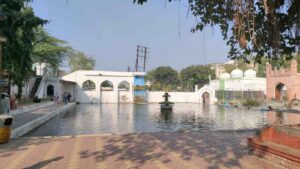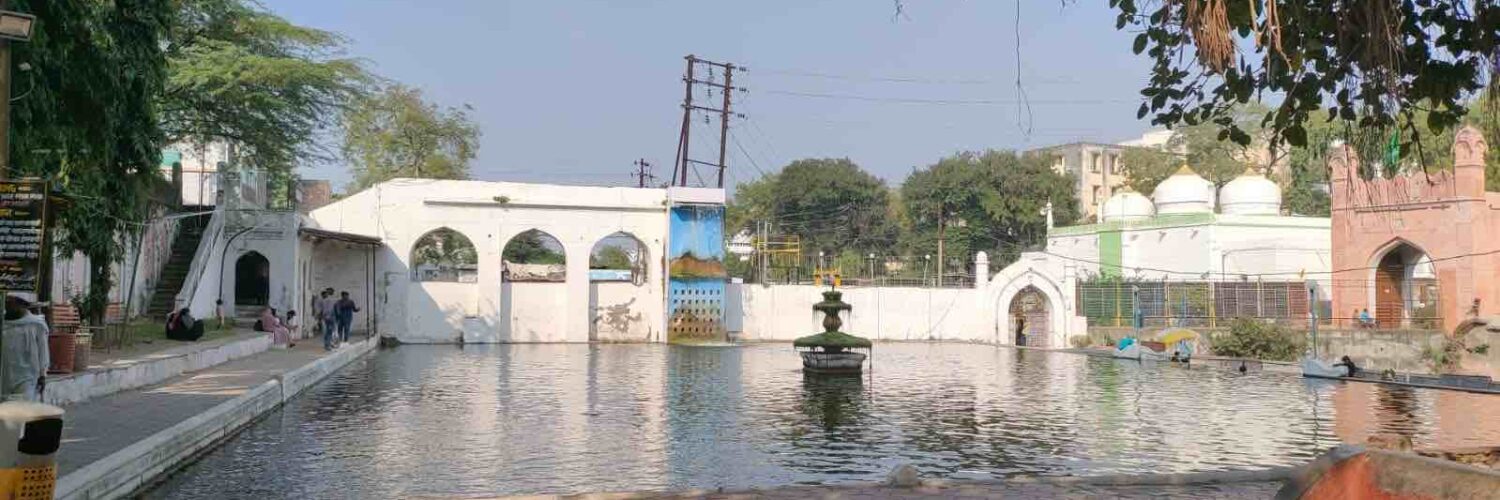The ancient world was home to numerous engineering marvels that inspire awe and admiration today, including the Great Pyramids of Giza, the Colosseum, and the Roman Aqueducts.
The last one, Roman Aqueducts, was an extensive system of water supply networks built by the ancient Romans to provide fresh water to towns and industrial sites across their vast empire. These aqueducts were essential for supporting urban life, supplying water for drinking, bathing, irrigation, and various public amenities.
Panchakki is not as famous as the Roman aqueducts, but it is a testament to the ingenuity of ancient engineering that leverages aqueducts for a completely different purpose. Located in the Indian city of Aurangabad, Panchakki is an excellent example of using the power of water to power a unique grinding machine.
This unique grinding machine was constructed in the ancient city about 300 years ago.
Aurangabad, in the western Indian state of Maharashtra, is known for its historical significance and archaeological marvels, including the famous UNESCO world heritage sites Ajanta and Elora caves. Panchakki adds another dimension to this historical city.

Panchakki comes from two Hindi words – ‘Pani,’ which means Water, and ‘Chakki,’ which means a Grinder or a Mill, literally translating to a water mill.
The watermill is powered by a water channel diverting water from a mountain spring six kilometers away. The water is directed through underground aqueducts to reach the mill, turning large wheel blades that operate the grinding stones inside the mill.
The round-the-clock watermill system, working without any manual intervention, was used to grind flour, which was further used to make food for the pilgrims who visited the site. The area is closely associated with many Sufi saints, including Baba Shah Musafir, who was a religious teacher from Russia.
The tomb of the Sufi saint is located within the complex, which also comprises a mosque and a residence hall.
Another interesting aspect of the Panchakki in Aurangabad is the presence of a large Banyan Tree, which adds beauty to the landscape. As per a placard pasted on the tree, “This Tree is 600 years old”, existing since 1400.
The imposing tree divides the area into two halves; the front one has a reservoir that is used for operating the Panchakki, and there is another smaller reservoir behind the tree that has a large open community hall below, which provides an excellent air conditioner-like environment for pilgrims who use to gather there.
The architectural style of buildings in the Panchakki combines elements from both Mughal and Persian traditions, showcasing finely crafted stone arches, domes, and intricate jaali work.
Wrapping Up
Overall, Panchakki is a living testament to human ingenuity in ancient times that leveraged nature for our day-to-day lifestyle needs.






Add comment